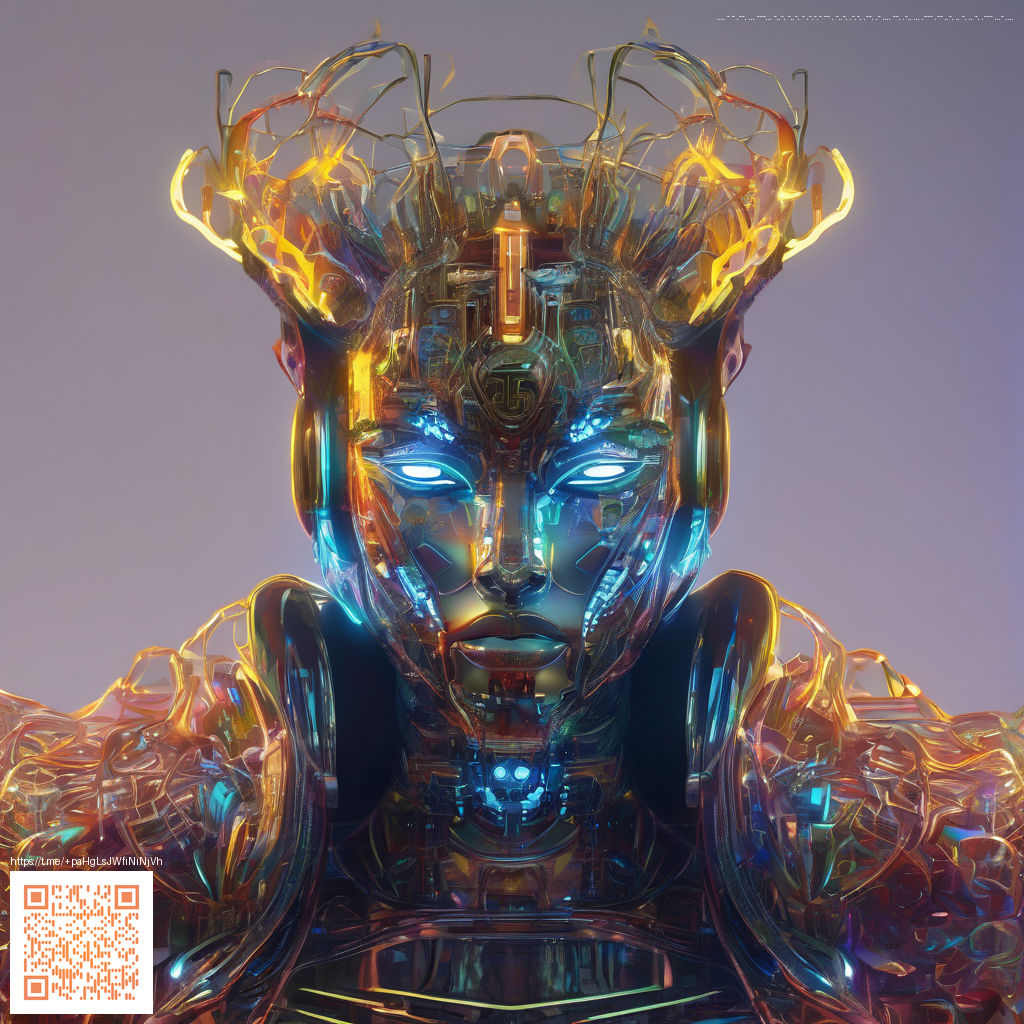
Crafting Realistic Paper Textures: Blending Traditional Techniques with Digital Tools
In the world of visual design, paper textures remain one of the most tangible ways to ground digital work in something familiar. Realistic textures can evoke memory, weight, and tactility, turning flat UI or packaging boards into something that feels tangible. The journey from handmade mark-making to digital replication is less about faking it and more about translating the subtle cues that make paper unique—fibers, imperfections, and the way light kisses a surface—into a portable, repeatable digital asset.
Why texture still matters in a digital era
Texture is a storytelling device. It provides context: a note's grain suggests age; a white of cotton rag hints at premium print; a laid finish communicates heritage. When used thoughtfully, paper textures can elevate product photography, packaging proofs, and app mockups, making interfaces feel approachable and trustworthy. The goal isn’t to overwhelm with grit, but to introduce a quiet realism that guides the eye and supports content.
Key techniques that bridge handmade charm and digital precision
- High-quality scans and photography: Start with carefully lit captures of real paper. This provides authentic color variation and edge behavior that you can sample into your textures.
- Photogrammetry and micro-variation: Capture multiple angles and lighting conditions to build a texture library that preserves subtle differences rather than a single flat look.
- Procedural textures and tiling: Use software like Substance Designer to generate seamless, tileable patterns that mimic fibers, speckles, and grain without visible seams.
- Maps that matter: Create albedo (color), roughness, and normal maps to simulate how the surface reacts to light and roughness across the sheet.
- Physical parameterization: Calibrate for physical realism—consider weight (gsm), fiber direction, and surface finish when selecting or crafting textures for print vs. screen.
A practical workflow for designers
Begin with a small library of core textures: cotton rag, laid paper, and smooth wove. Then, build variations by adjusting hue, saturation, and speckle density. A non-destructive workflow helps you test color management across devices while keeping the original texture intact. For instance, a parchment-like texture can be layered behind a product photo to emulate a printed card, or used as a subtle backdrop in a mobile app splash screen.
“The magic happens when a texture supports the content without shouting. It should feel natural enough to touch, even through a screen.”
When integrating textures into product visuals—like showcasing gadget accessories—a tactile backdrop can make the subject pop. If you’re curating a set of visual assets for a device case, a complementary paper texture provides contrast and depth that helps the product stand out in a crowded feed. For designers curious about a concrete example, you can explore a related product page featuring a sleek, modern accessory like a Neon Card Holder MagSafe phone case for iPhone 13 and Galaxy S21/S22. View the product page for real-world context on how textures interact with glossy surfaces.
Beyond aesthetics, consider accessibility and readability. Texture should never hinder legibility or user interaction. A well-chosen texture enhances hierarchy, guides attention, and supports branding without becoming distracting. When in doubt, start with a subtle grain or a soft paper wash and test across light modes and print proofs to ensure the look remains consistent from screen to print.